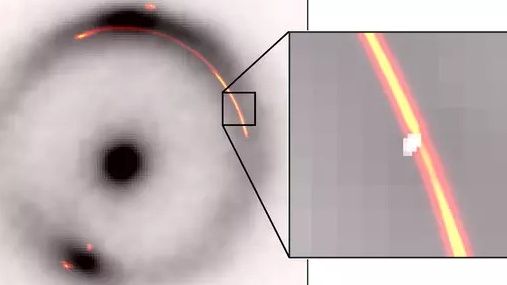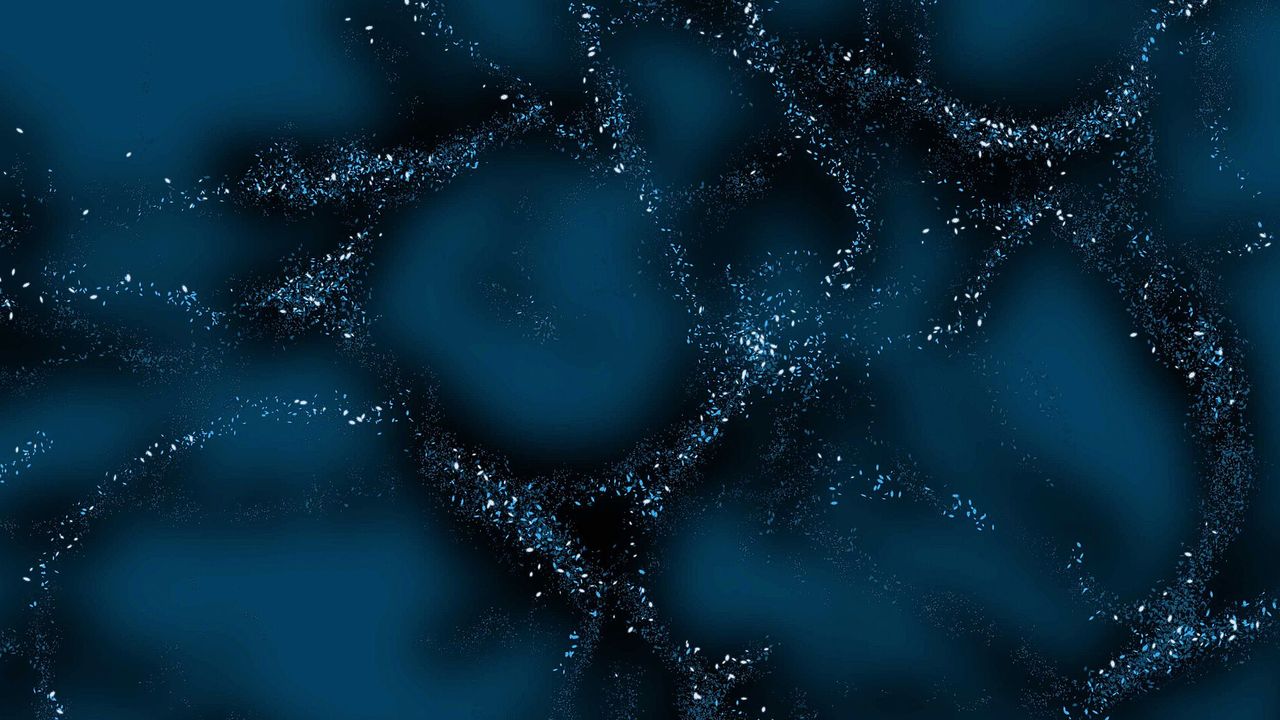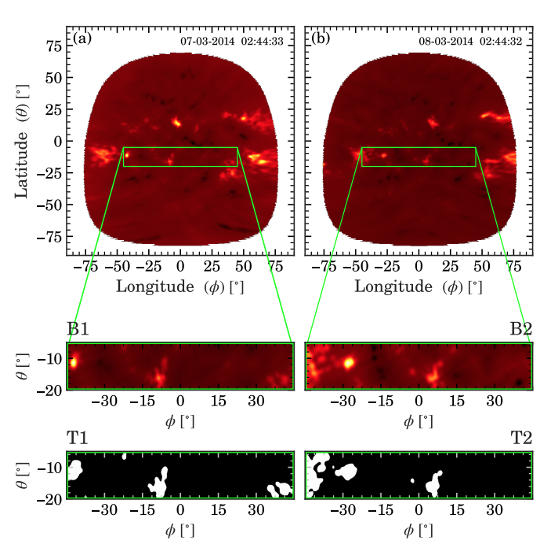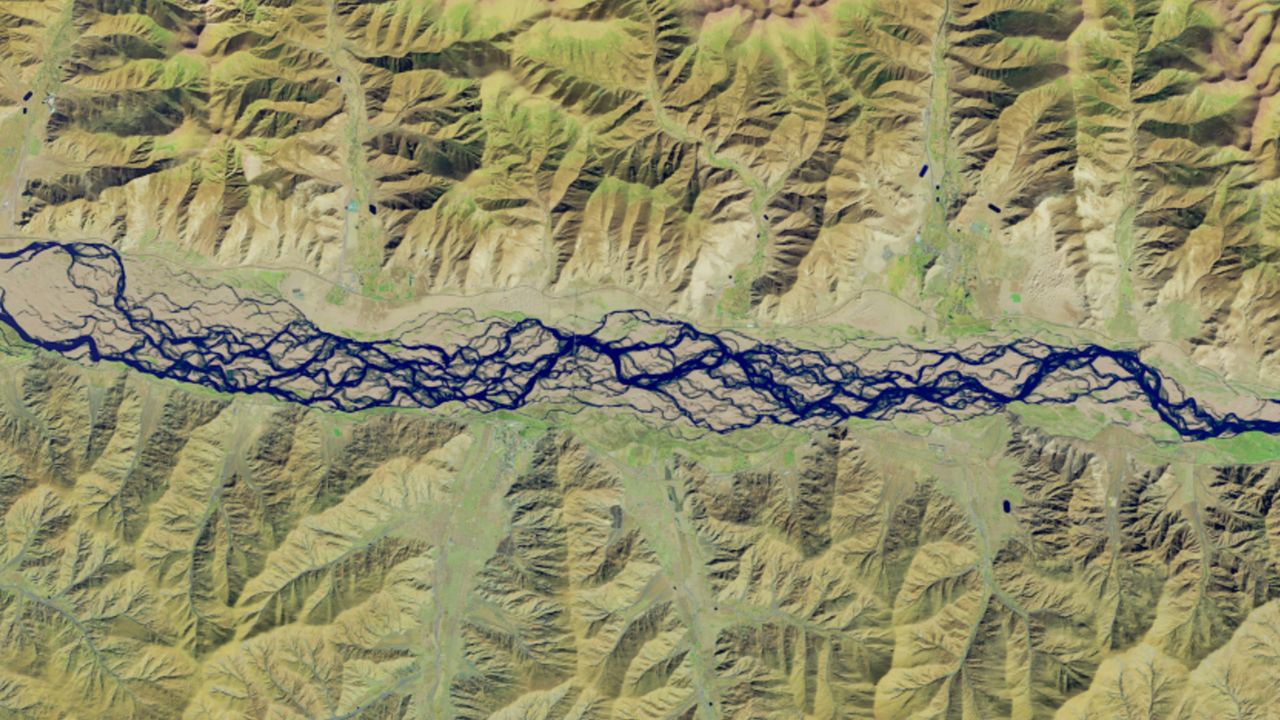Rubin Observatory spins beneath the stars | Space photo of the day for Oct. 13, 2025
PositiveScience
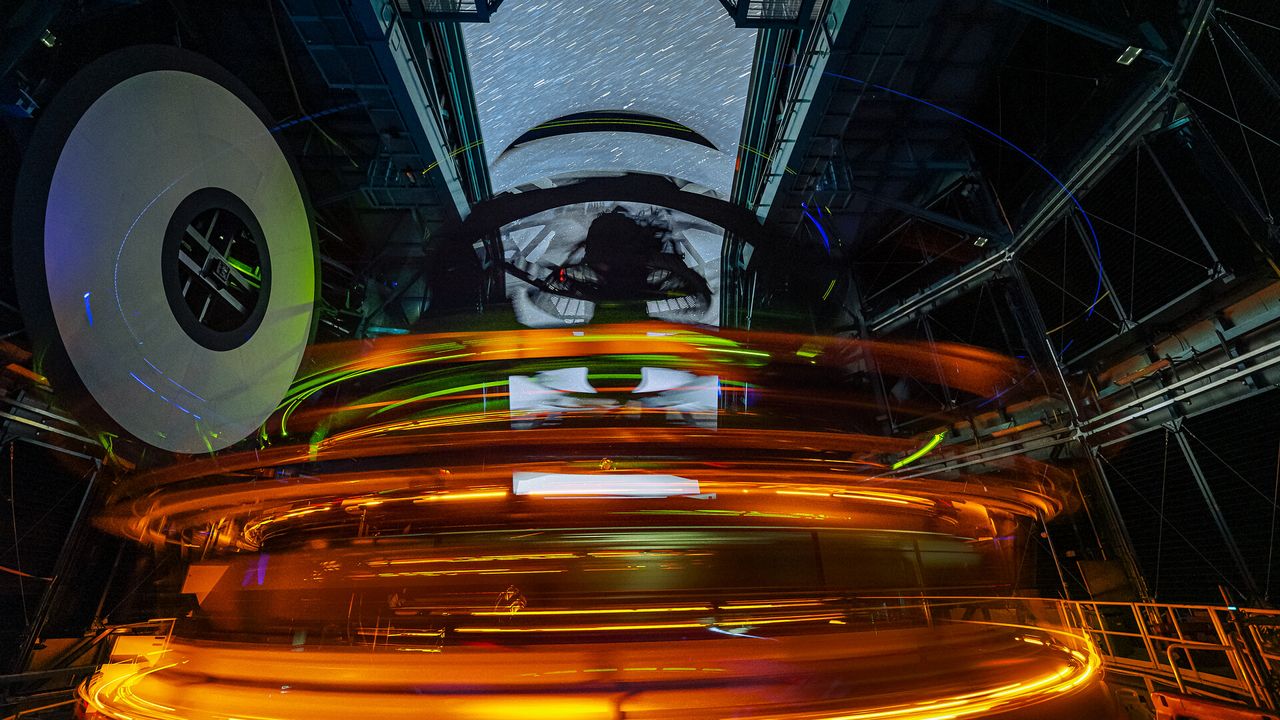
The Vera C. Rubin Observatory has officially begun its decade-long mission to explore the mysteries of dark matter, marking a significant milestone in astronomical research. This initiative is crucial as it aims to deepen our understanding of the universe and its fundamental components, potentially leading to groundbreaking discoveries that could reshape our knowledge of cosmic phenomena.
— Curated by the World Pulse Now AI Editorial System
